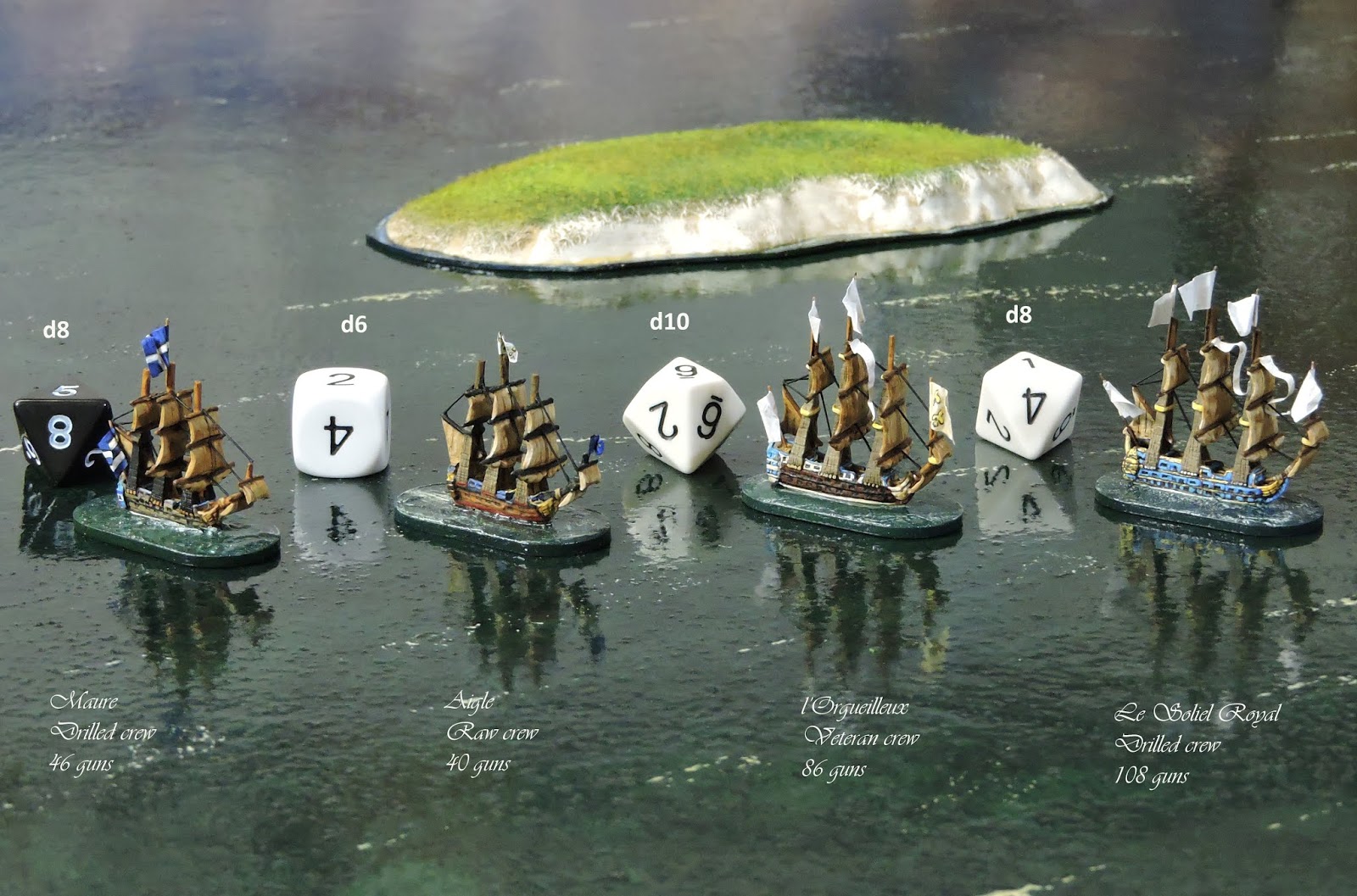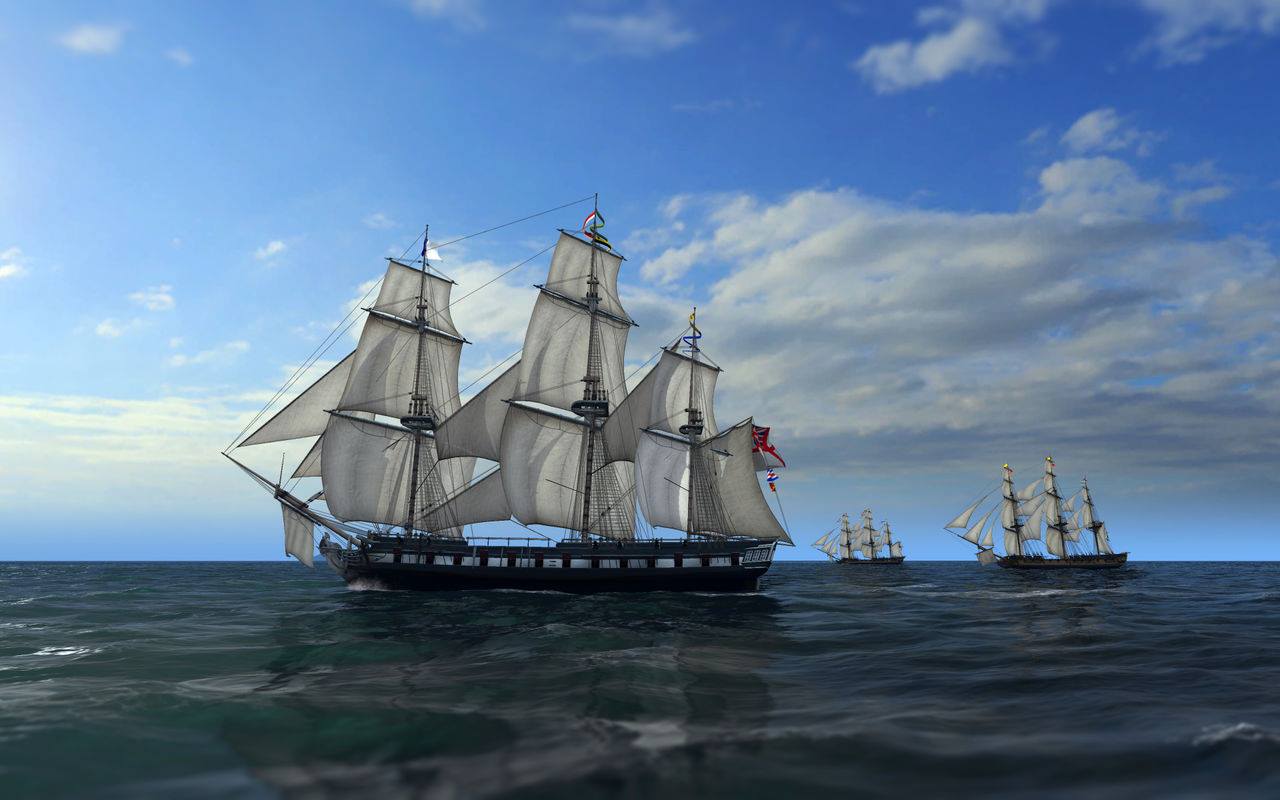

By the time they were 16 they could be rated as seamen, and normally served at sea for another ten years, before settling down and taking a shore or local sailing job. This was a highly effective means of deterring a man from committing any fundamental breach of the trust that had to subsist between men who literally depended upon each other for their lives.

Some crimes were handled by the crew - thieves were forced to 'run the gauntlet', allowing their shipmates to strike them with rope ends. The crew would be formed up on deck, with the marines separating the officers from the seamen, while the punishment was carried out according to established custom. There was no alternative, because the navy was, in all things, a reflection of the society it served.įormal punishments were always inflicted in public, using consciously theatrical methods to ensure the maximum deterrent effect. If anything, naval punishment was less severe, for sailors were a scarce and valuable resource that no captain would waste also, flogging meant that the punishment was quickly completed, and the man could return to duty. However, we must remember that 18th-century society on shore relied on similar corporal and capital punishment. There was no system of imprisonment, or financial penalty, although the rum ration could be stopped. All of these offences threatened the safety of the ship and her crew.Ĭontemporary naval punishments have become legendary, and strike us as inhuman flogging with the cat-o'-nine-tails and hanging were the major punishments, while the men were occasionally 'started', or encouraged to work, with a blow from the end of a rope. Among the worst offences were falling asleep on duty, refusing to follow orders, or 'unclean behaviour' - such as relieving bodily functions inboard, rather than using the rudimentary toilet facilities. Men were punished, however, if they failed to do their duty, and put the ship and the rest of the crew in danger. In the modern age, discipline has become conflated with punishment, but in the 18th century it meant organisation good discipline meant that the ship was well ordered, not that the men were soundly flogged. However, there were further medical terrors in store - malaria and yellow fever could decimate crews in tropical climates. Other diseases, such as dysentery and typhus, were avoided through an insistence on keeping the ship, the crew and their clothes clean - this cleanliness became a Royal Navy mania, and kept the sailors very busy. We modern-day adventurers had to take a vitamin pill. So important was the avoidance of the disease that Cook resorted to disciplinary measures to make his men eat their rations. The lack of rum or beer on our modern voyage left our crew significantly worse off than our predecessors - although less likely to be injured while under the influence.Ĭook's determination to avoid deaths from scurvy, and his success, was a vital step in the creation of the British Empire. They would only be called away from the mess table in an emergency. Furthermore, every ship's captain knew that food was the primary concern of his crew, so he would have ensured they were well fed, and kept their dinner time sacred, usually allowing the men 90 minutes to deal with their tough rations. For them such regular, hot, protein-rich meals, together with a nearly limitless supply of beer, would have been a luxury. A diet of salt meat, hard biscuit and sauerkraut was a shock to us, but our predecessors would have considered it superior to anything available on shore. Our first contact with the alternative world of Captain Cook was the food. Historical research and a deeper understanding of the age provide a different picture. Miniatures are not toys and are unsuitable for children under 14 years of age.Although those of us who served on the Endeavour replica found some elements of this image convincing, we recognised that we should not allow our delicate 21st-century sensibilities to cloud our judgement. 18th Century Sailors miniatures are all copyright North Star Military Figures Limited 2021.Īll miniatures are 28mm sized, made of metal and supplied unpainted.

'On The Seven Seas' is copyright Osprey Publishing 2021. As Pirate, Navy and Merchant sailors in this period realistically looked very similar, this box set can be bought by all players to increase their factions when playing 'On The Seven Seas'.ġ8th Century Sailors is a licensed box set of figures designed for use with Osprey Wargames 'On The Seven Seas' game of pirate warfare.


 0 kommentar(er)
0 kommentar(er)
